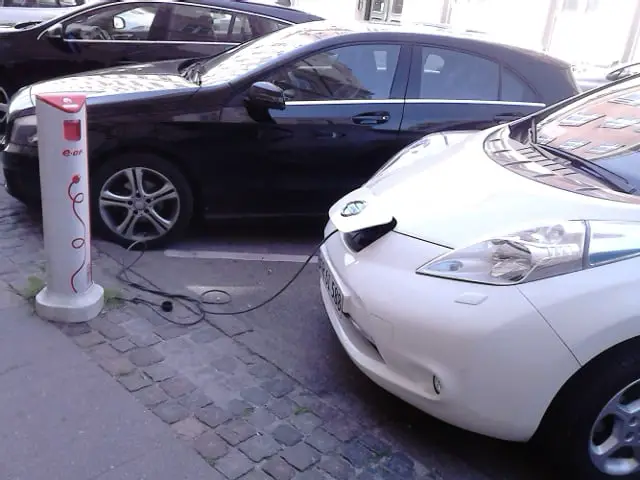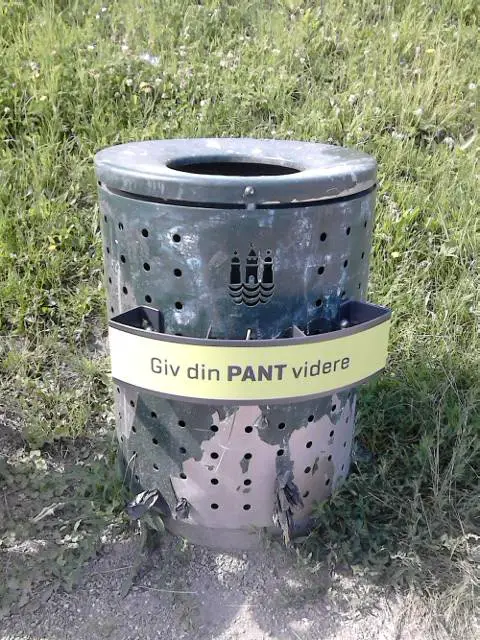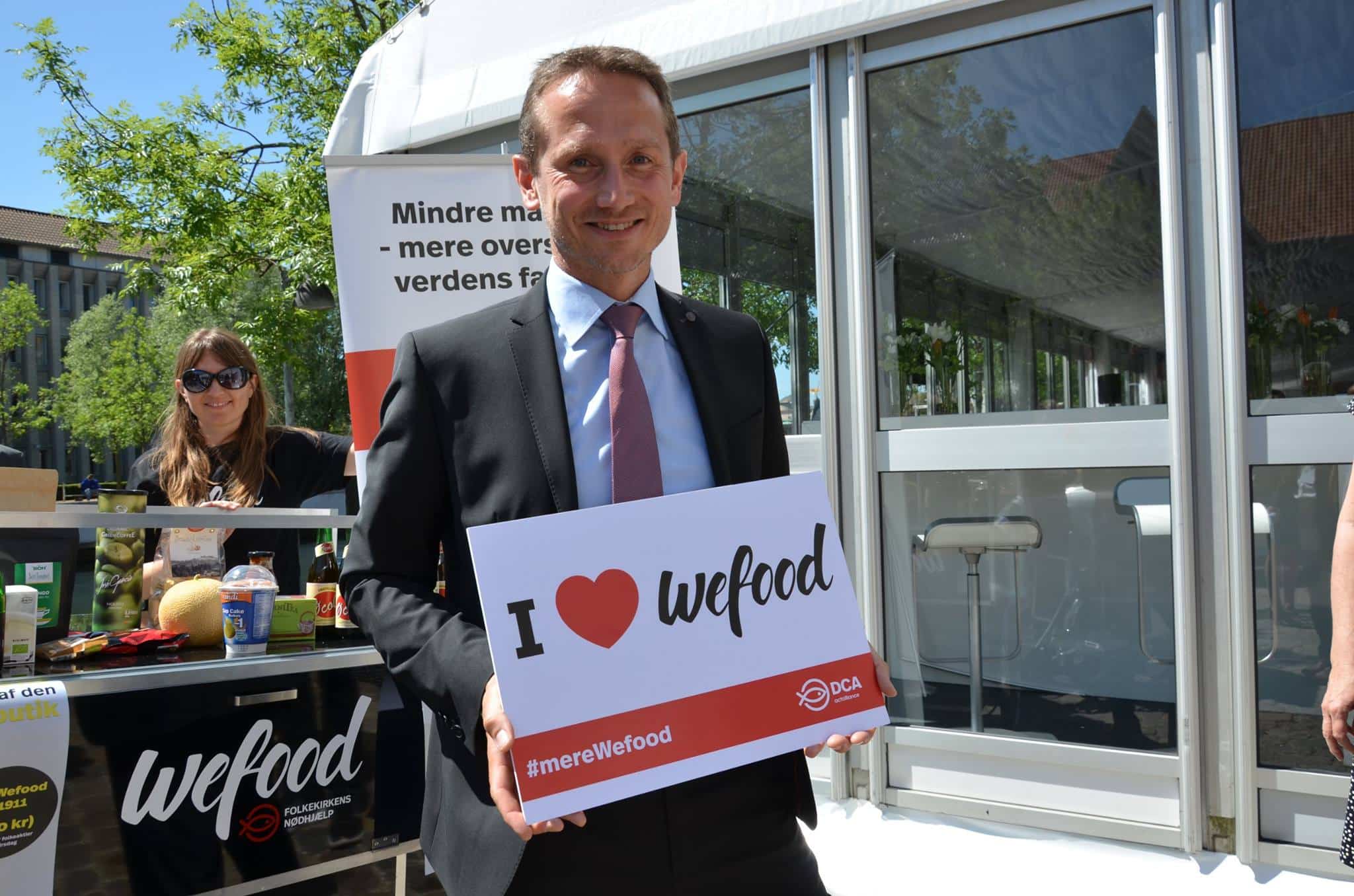What makes life at Copenhagen different
Copenhagen, European Green Capital 2014 [1], the city that is pursuing sustainability with ambitions of carbon neutrality and with “smart” climate change adaptation plans [2]. The city, where thousands of conscious inhabitants on their own, day by day choose to contribute to the improvement of their environment by various activities, such as cycling, recycling, sharing or urban gardening.
Sharing
This small Nordic capital is visited by planners, students and tourists that wonder, why it is such a good place to live. Copenhagen is in every ranking, one of the top ten best European cities to live in. There are many reasons for that. Obviously, cycling makes people happy, it is an outdoor activity that boosts endorphins instead of often irritating car driving. The number of social events and initiatives in the city is stunning, there is always something going on, and it is for everyone. It is because of the city’s and country’s welfare that with the help of municipal grants, it is easy to organize value activities for community. They range from afternoon drawing classes, social eating or cooking, or just playing sports using the public facilities. City offer is widely used by residents, who play soccer even in pouring rain and eagerly participate in whatever-sharing events.
Therefore city’s incentives to cut down on emissions, are going well. Passing by numerous charging spots for electric cars, what a comforting view for sustainability advocate. Private companies have very appealing offer on carsharing. Dropping on and off the electric car, whenever you need it and without worrying about parking fees, servicing and fuel, is a really good deal.

Circular economy: recycling, reusing, reducing
Recycling in this city is not taken to extremes yet. There is a lot to improve aspiring to reach the scandinavian standards, such as of Stockholm, where the household segregation plays the key role in a process and you really do seperate everything from everything, into the very basic material categories. Here in Copenhagen, segregation is done so-so. Still the “mixed” is a huge part of all trash. Whereas this “mixed” category does not exist in Sweden. The bio part is composted and all natural residues are precious, as for they are used to produce energy.
But Copenhagen is doing well anyways, the recycling stations enhance the second-hand usage of furnitures, electronic devices, prolonging their life-cycle and minimizing overall consumption of new goods. Another wonderful habit here in Denmark, is that all the plastic and glass bottles and cans are returnable, giving an incentive to collect and give them back. Even if affluent danes usually skip giving them back, there is a lot of informally employed, by the society, so to say, collectors. So they go around the city, they follow public gatherings, they go on the beach in the season and they dive into the bins on trains and metro to find the bottles. To make the work easier the public bins have a special ring around, assigned only for returnable bottles, saying “Giv din pant videre” to leave bottles visible and easy to pick up. The same and new collectors make at least 200 dkk per day. That gives 5600 dkk monthly average (around 830 USD), what is roughly half of the minimum social benefits in Denmark, but would be already a good wage in Cyprus, Ukraine, Egypt or Brazil [3].

Teasing with the danish culture and partly asking how far we can go with sustainability and reducing objectives at all, at the example of fireworks. People here love fireworks, it is hundreds of times a year, when you can watch them and the show is usually not a two-minute-long teasers, but full usually ten, fifteen minute-long spectacle. Fireworks are used on every possible occasion, in Tivoli gardens, in Bakken amusement park and many other. But the amusement for people is at the cost of air and noise pollution. How much of this temporary pleasure affects the environment is rather unknown. As fireworks used to be reserved for New Year or other special events, however with the intensity of use in Copenhagen, maybe it is worth considering the effects. Research in the field recommended. But even if it indicates negative effects, would it be a sufficient reason to cut down on this worldly pleasure?
Focus on food waste
Regarding pleasures. Food is another source of enjoyment. While the world’s best restaurant Noma (ranked as the best four times, lately in 2014) serves elegant, fancy small plates, bars and restaurants around the city are inviting for more affordable and filling buffet offers. So pay once, serve yourself from the rich tables. But this fantastic offer generates a lot of food waste by the end of the day. Whereas bakeries and food stores are really doing well (yes, do not expect to have a choice in a bakery or fresh fruits in a foodstore after 6pm), restaurants try to solve a problem by giving away food waste for a small price, or for free. There are two or maybe more mobile applications, which enable to easily connect “hungry souls” with the food businesses around the city (ex. “Too Good to Go”). Even individuals can post, for example having prepared too much for a family dinner, about the food to be picked up. Frosting on the cake, the popular alternative restaurant that serves dishes prepared only from food leftovers.
But recent biggest success in this field, is the popularity of Wefood store. This, opened in February 2016, socially driven food store, sales surplus or close to expiry date food for a small price or gives it away for free. There are also other socially driven initiatives of preventing food waste, known as food-sharing points, where you can drop by and pick up or give away surplus of veggies from your garden and other stuff (look for them on Facebook).

Copenhagen keep on going!
Author Bio: Bogna (MSc in Sustainable Urban Transitions, Copenhagen, Denmark) is an urban planner with the background in architecture. She researches urban trends and strategic city planning. Apart from this she enjoys on-site interventions, tactical urbanism and urban exploration.
References:
[1] Copenahgen European Green Capital 2014, http://ec.europa.eu/environment/europeangreencapital/winning-cities/2014-copenhagen/
[2] Copenahgen Climate Adaptation Plan https://en.klimatilpasning.dk/media/568851/copenhagen_adaption_plan.pdf
[3] List of countries by average wage, source: Wikipedia
https://en.wikipedia.org/wiki/List_of_countries_by_average_wage